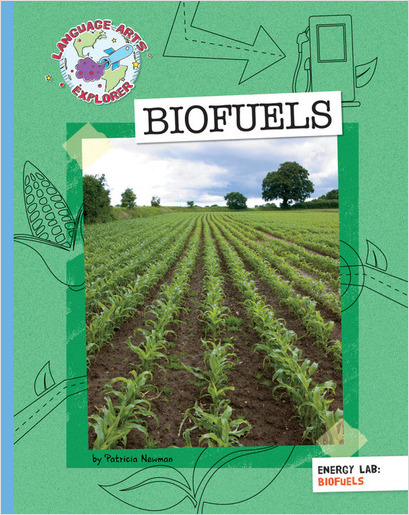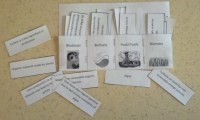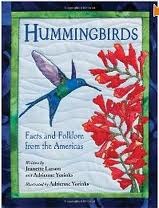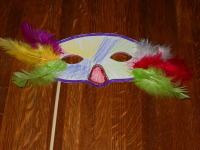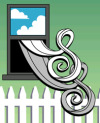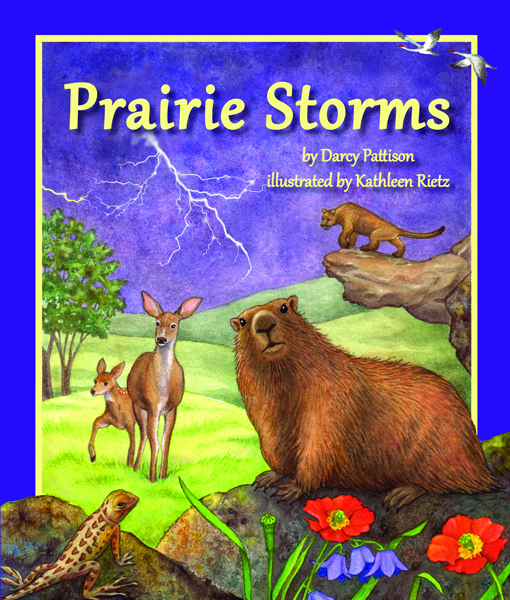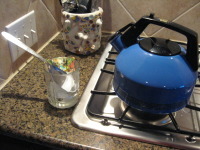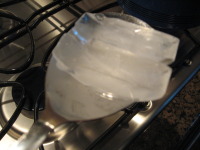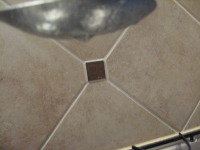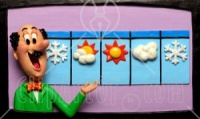PRUDENCE THE PART-TIME COW (Henry Holt & Company, 2017) is heart-warming, charming story about how a misunderstood cow uses thoughtfulness, consideration, and scientific reasoning to find a special place in the heart of the herd.
Prudence is simply not wired like the other cows. Instead of thinking and acting like a regular member of the herd, she’s preoccupied with engineering projects designed to improve the lives others. Ultimately, her inventions unintentionally create havoc on the farm, leaving her isolated and friendless. Motivated by the desire for acceptance, Prudence draws upon COW POWER inspiration to develop inventions benefiting everyone. In the end, Prudence finds friendship by caring for others and being true to herself.
STEM enthusiasts will enjoy the lessons included in the Prudence the Part-Time Cow Discussion & Activity Guide. Using Prudence’s projects as inspiration, students analyze her inventions through the use of the Scientific Method. Students are asked to first observe how each project potentially benefits members of the herd. Next, they define the problem that is met by the project. From there, young students learn how to formulate a hypothesis, then describe and analyze the experimentation process. Finally, students are instructed to articulate a conclusion for the overall experimental process. Pretty advanced thinking for the PK-3 crowd, wouldn’t you say?
